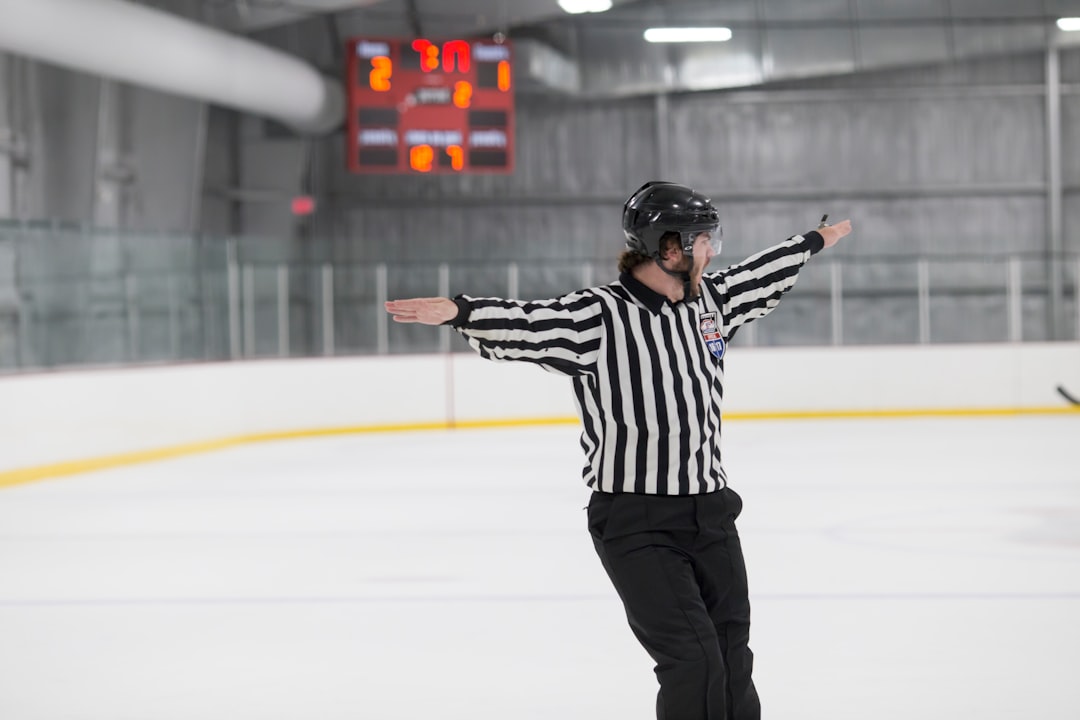What is it about?
Power soccer is a sport in which teams of four compete against each other in an effort to drive a 13-inch soccer ball through goals using motorized wheelchairs. The athletes typically have upper and lower extremity impairment and the sport is played co-ed. Because chairs are motorized, traditional physiological gender differences in sport have been removed. Still, the sport is over 80% male. This study explored the experiences of female power soccer players in light of three distinct positions they hold: as athletes with disabilities in a predominantly non-disabled world; as athletes with more impactful physiological impairments within the disability sport community; and as women in a co-ed male-dominated sport. Results indicate experiences of ableism and minimally impactful but present sexism. Finally, participants note how they engage with social dynamics related to their disabilities and gender.
Featured Image

Photo by Andrii Podilnyk on Unsplash
Why is it important?
This study highlights a neglected demographic within disability studies, and adapted sport in particular, motorized wheelchair users, plus it focuses on the intersection of gender by looking at the perspectives of female athletes, who represent only about 20% of all athletes in the sport of powerchair football (power soccer).
Perspectives
Qualitative research comprised of interview data.
Dr Michael S Jeffress
Medical University of the Americas
Read the Original
This page is a summary of: Women of power soccer: exploring disability and gender in the first competitive team sport for powerchair users, Sport in Society, January 2018, Taylor & Francis,
DOI: 10.1080/17430437.2017.1421174.
You can read the full text:
Resources
Full Text on Researchgate
Link to full-text PDF
Opportunities and Benefits for Powerchair Users through Power Soccer
Article that summarizes ethnographic research involving over 30 athletes.
Communication, Sport and Disability: The Case of Power Soccer
Link to Routledge publication page for information on the 2015/2017 book that reports on over 6 years of ethnographic fieldwork related to the sport of Power Soccer.
Contributors
The following have contributed to this page










